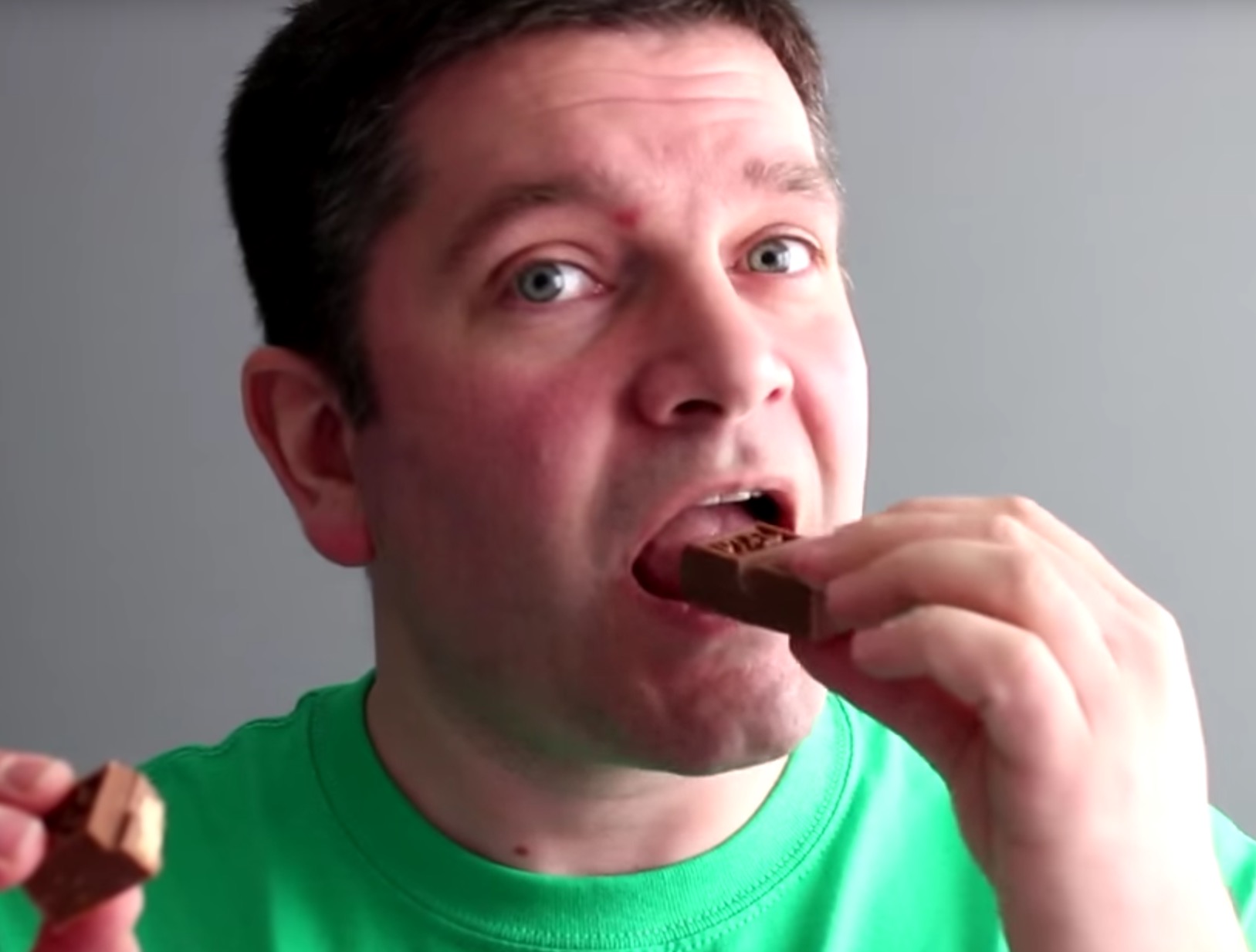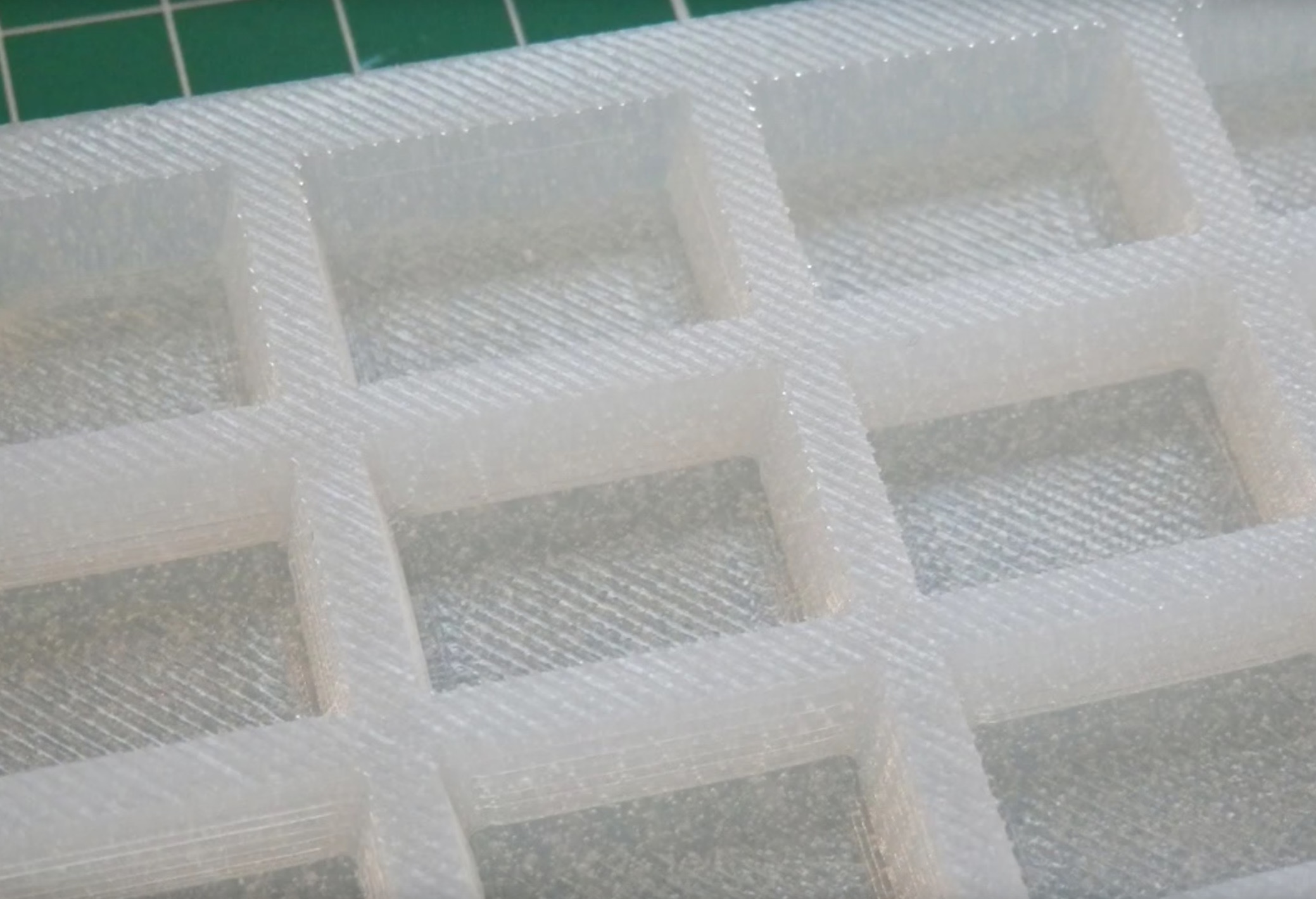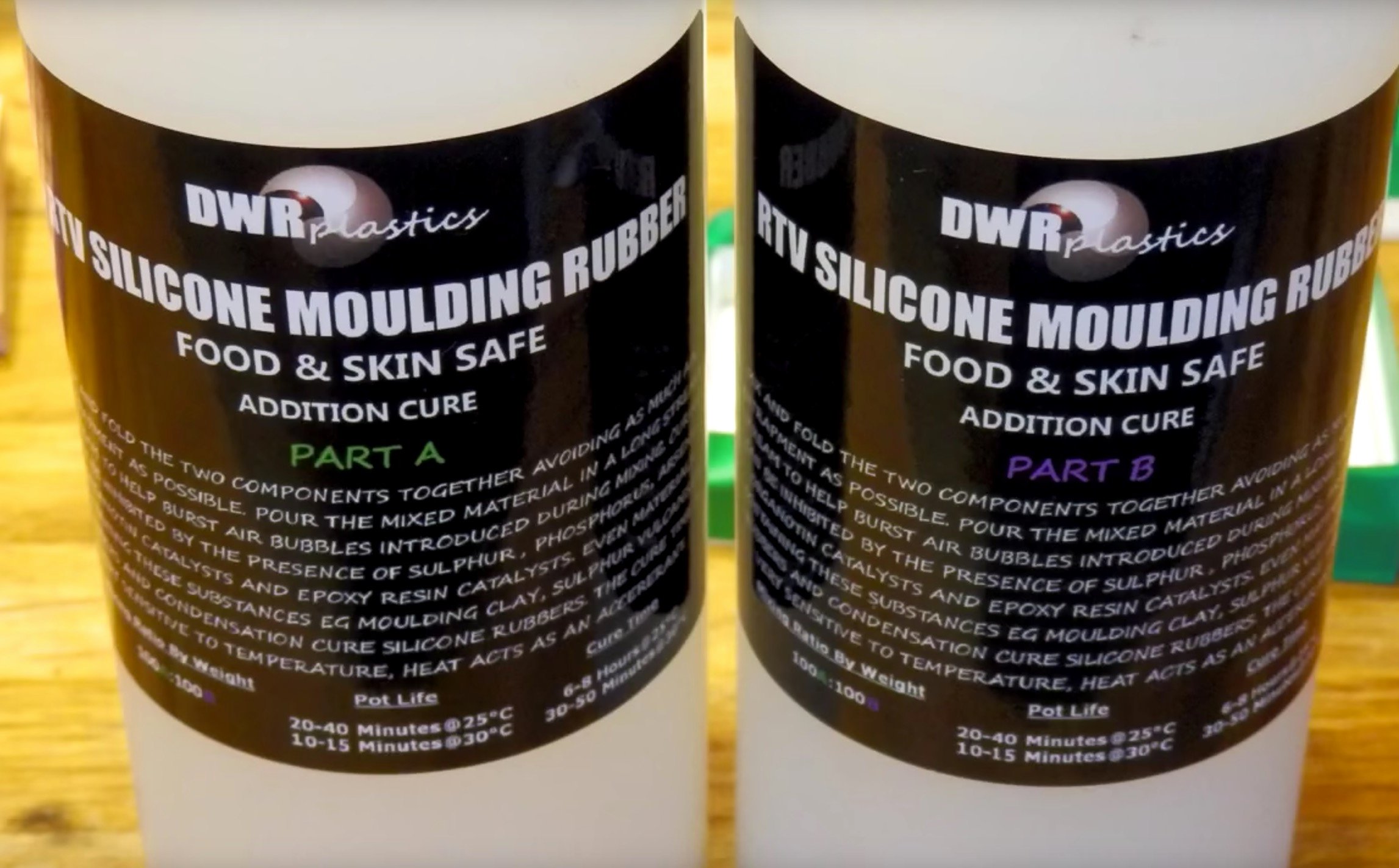
It’s now been proven: prehistoric chocolate bars can indeed be brought back from extinction!
Fabbaloo friend Richard Horne, a.k.a. RichRap, has posted a video explaining the process he used to recreate the “Trio”, a chocolate treat from his youth decades ago. While it turns out the manufacturer has subsequently restarted production of this particular bar, the process used by Horne is one anyone can use to reproduce forgotten chocolates.
The process is to create a mold of the bar and then pour in melted chocolate. However, the Trio bar being resurrected in the video is a bit more complex than simply chocolate, as it included both embedded caramel and cookie elements.

Horne was forced to create molds for the caramel embeds, along with trimming an appropriate cookie to fit. These were inserted into mid-pour to ensure they were correctly positioned in the chocolate bar.
The big concern of Horne – and mine – in any food-related 3D print project is safety. Many 3D print materials are laden with chemicals you really don’t want to be in contact with, let alone eat. This is of course, because 3D prints are not designed for eating. The entire production process in a typical 3D printer involves many non-foodsafe parts in contact with the material.

Horne minimized this effect by using clear materials that don’t have pigments, which are the prime source of nasty contaminants.

Finally, he used food safe silicone to form the final chocolate and caramel molds.
Generally I am skeptical of 3D food printers due to their lack of flexibility and slow speed, but this kind of food 3D printing project is something almost anyone could attempt – and produce something wonderful as Horne has done.
Via YouTube

